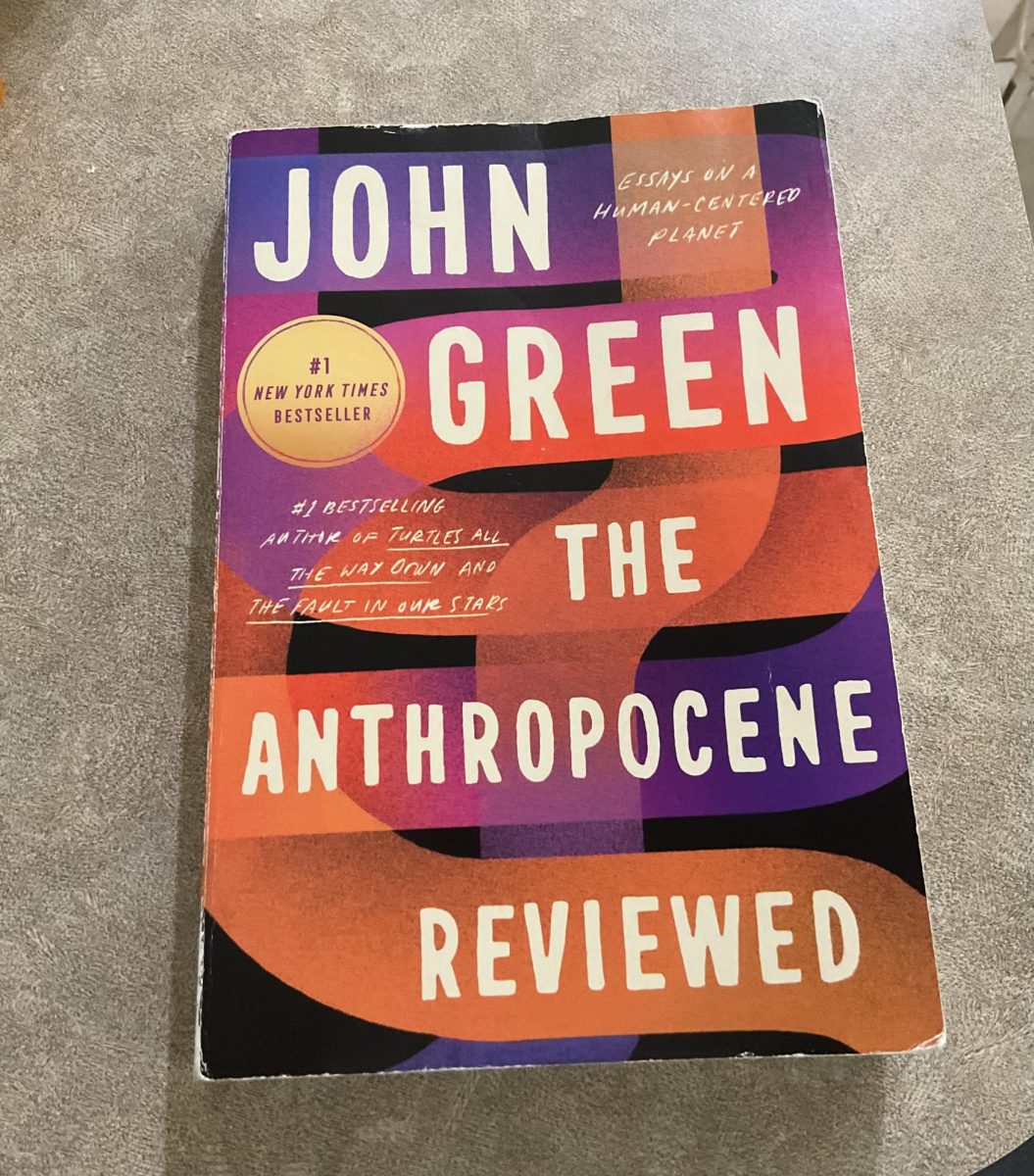Since first being elected in 2016 and again in 2024, President Donald Trump has passed many executive orders. Executive orders are official written directives from the president meant to instruct the federal government to take a particular action. They are based on the president’s constitutional power and existing laws. The president can revoke any executive order at any time regardless of who issued them. However, presidents cannot make executive orders that override already established federal laws.
As of Feb. 12, Donald Trump has signed 60 executive orders for his second term. Here are two examples.
“Withdrawal of the United States from the World Health Organization (WHO)”:
The WHO—made up of 194 countries—is responsible for many public health programs, most importantly vaccines. Each year, the WHO determines which strains of viruses to include in their respective vaccines. When the U.S. was a member of the WHO, we had full access to samples of the strains, making it easier for vaccine developers to make sufficient vaccines to keep its citizens safe. On Jan. 20, 2025, President Trump signed an executive order withdrawing the U.S. from the WHO, citing the WHO’s response to COVID-19 as the main reason for the decision.
The most immediate effect of the U.S.’s withdrawal from the WHO is not having access to information about the changing strains of influenza, COVID-19, and other viruses. This means that many Americans will be at a greater risk of contracting these viruses. Currently, an estimated amount of 30,000 elderly people die from the influenza virus each year. The U.S. will also lose all access to new information regarding new and existing infectious diseases, making us increasingly vulnerable to disease outbreaks.
Aside from increasing health risks, the U.S. will also lose influence in global health policies. When we were a member of the WHO, the U.S. supported programs that provided children worldwide with clean water, food, and vaccines, which, in return, created working relationships between the U.S. and other countries. But now, because the U.S. is no longer a member of the WHO, we could lose these important relationships.
“Protecting the Meaning and Value of American Citizenship”:
On Jan. 20, 2025, President Trump signed an executive order withholding automatic citizenship from individuals born in the U.S. if their parents are unlawfully in the U.S. or are not permanent residents of the U.S. This executive order would prevent the federal government from issuing documents that recognize U.S. citizenship for people who fall under these restrictions, going against more than 125 years worth of policies on unrestricted birthright citizenship.
The Fourteenth Amendment includes many provisions, one of which is extending U.S. citizenship to all people born on U.S. soil. However, Trump has stated that the Fourteenth Amendment rights should only be extended to a select few, not all citizens born in the U.S.
Because of the executive order’s conflicting nature with the Fourteenth Amendment, the Supreme Court issued a temporary restraining order on Jan. 23, 2025, to block Trump’s efforts to undermine birthright citizenship. However, if this executive order were to go into effect, it would not only affect immigrants but anyone born in the U.S., making it necessary for new parents to prove their own citizenship.







